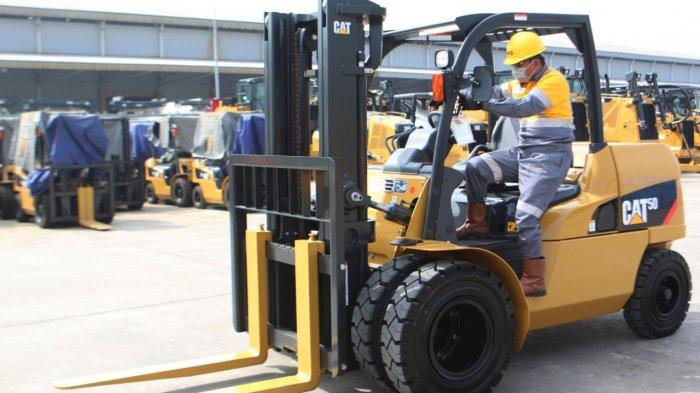Industrial fork lift trucks are divided into two categories: electric and internal combustion (IC). Forklift engine forms identify how the forklift operates, exactly where it can be employed (indoor or outside), weight capacity, and overall performance.
Powered by lead-acid batteries, several types of forklifts are electric: cushion tire forklifts, scissor lifts, order pickers, stackers, attain trucks and pallet jacks. Electric forklifts are primarily utilized indoors on flat, even surfaces.
The initial expense of an electric forklift tends to be larger than most IC fork lifts, but its annual fuel and maintenance price is less pricey over time. Electric lift truck batteries last six consecutive hours or throughout an eight-hour shift with 2-three breaks. The charge of the battery determines the strength of the lift: a completely charged forklift operates at its fullest capacity although a low charge slows its efficiency. Warehouses and distribution centers that use an electric for much more than 7 consecutive hours retain an further charged battery on hand. When electrics are less difficult to sustain than ICs, they are not suggested for continuous use of transporting loads greater than 15,000 lbs. Batteries stop the emission of harmful fumes and are advisable for facilities in meals-processing and healthcare sectors.
Internal combustion forklifts are powered by fossil fuels such as gas, propane and diesel. There are various sorts of IC fork lifts: pneumatic tire forklifts, rough terrains, scissor lifts, telehandlers, and boom lifts. IC forklifts are mainly employed for outdoor applications.
An internal combustion forklift’s fuel powers the lift longer than an electric (1 LP tank = 8 consecutive hours) and can be refueled in significantly less than ten minutes. IC forklifts are far more strong than electric forklifts, but their emission of dangerous fumes (e.g. carbon monoxide) is not perfect for indoor applications. Nonetheless, LP forklifts can be made use of indoors with suitable ventilation and large aisle dimensions. IC forklifts have a greater functionality rate than electric forklifts for high capacity loads more than 20,000 lbs. Though the initial price of internal combustion forklifts is reduce than electric, these forklifts require a lot more routine maintenance and greater fuel prices.
With skyrocketing gas prices and the “Go Green” movement, forklift brands like Toyota, Mitsubishi, Linde and Yale are developing fuel options in an effort to manufacture an “eco-friendly forklift” cut down the carbon footprint of the industrial sector. The improvement of all-natural gas and hydrogen fuel cells has been their key concentrate for the final 3 years.
In white card gladstone , BMW Manufacturing Business very first announced it was working with forklift brand manufacturer Linde to create of hydrogen forklifts and hydrogen refueling stations to operate their forklift fleet. Soon after just two years, the BMW Sports Car plant in Spartanburg, South Carolina now employs more than 100 hydrogen forklifts.
Well-liked grocery stores Entire Foods, Walmart, and Wegman’s also reported their use of hydrogen cell forklifts. Due to the fact 2010 was a big year for hydrogen forklifts, why aren’t these fork lifts becoming distributed into nearby forklift dealerships to be sold to smaller-medium size organizations? Are eco-friendly forklifts as well expensive for the typical Joe? Even though these brand producers continue to experiment with hydrogen fuel cells, other brands are thinking on a smaller sized scale. Hyster, 1 of the most well-liked manufacturing brands, is restructuring the design and style of their current models to reuse energy and decrease fume emissions.
